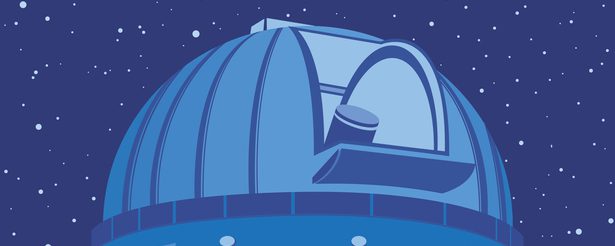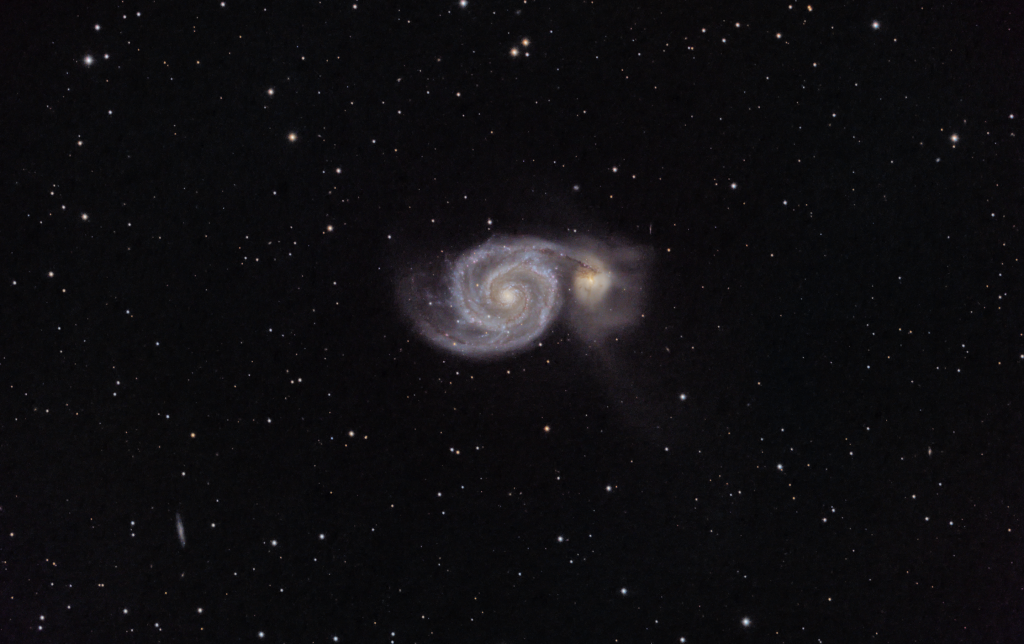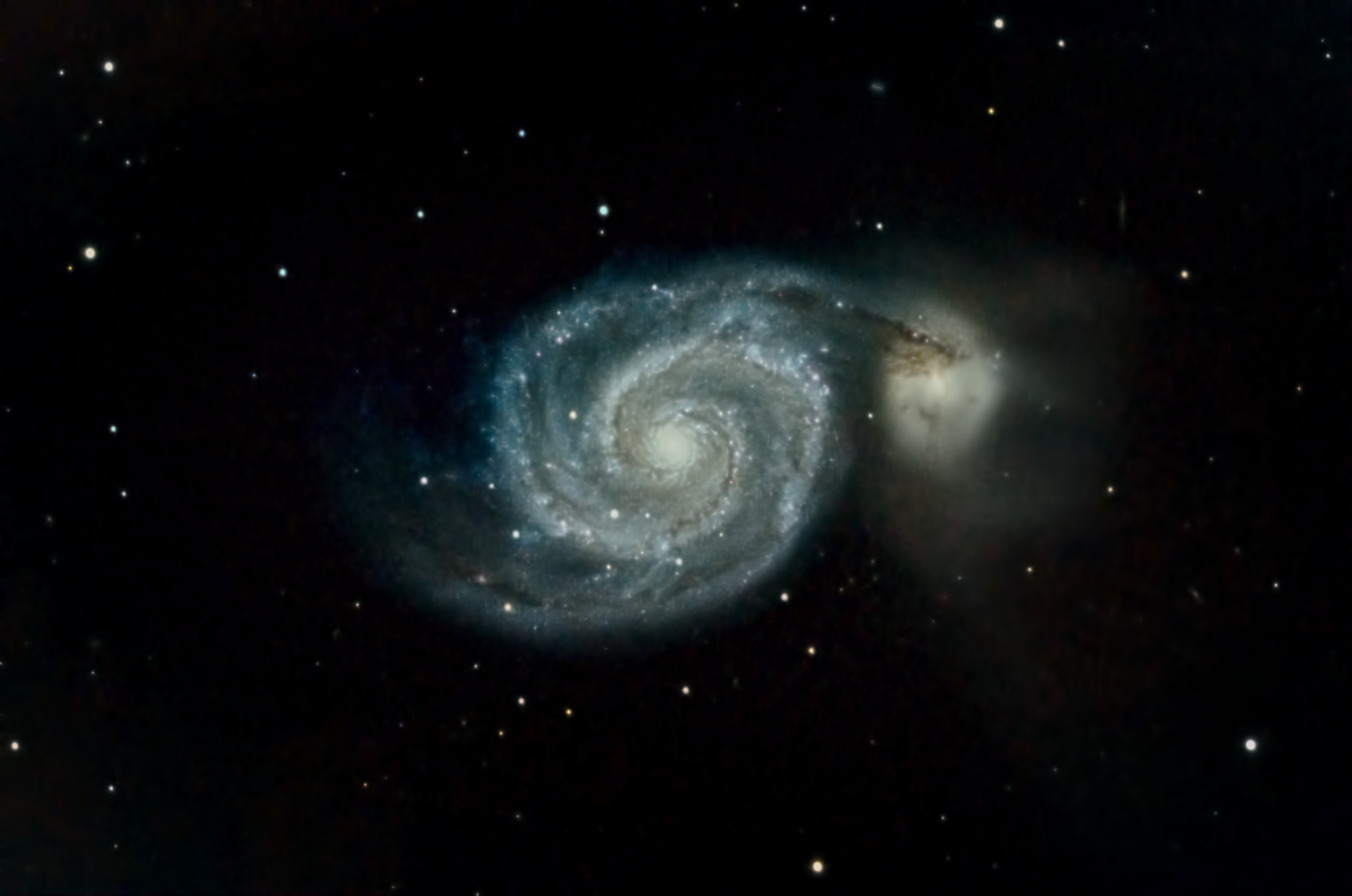
Similar Posts
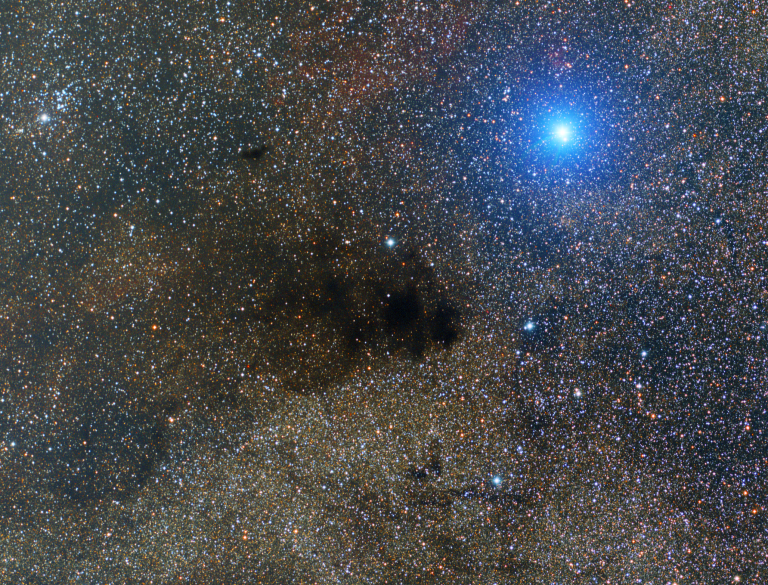
The Coalsack, Imaged from Australia!
It’s been really cloudy lately in Central Florida, so instead of imaging from my driveway, I’ve tried using remote observatories. This particular image was taken using a telescope in Australia, using a service called telescope.live. This is the “Coalsack nebula”, a dark cloud of gas obscuring the Milky Way in the Southern hemisphere. We’re looking…
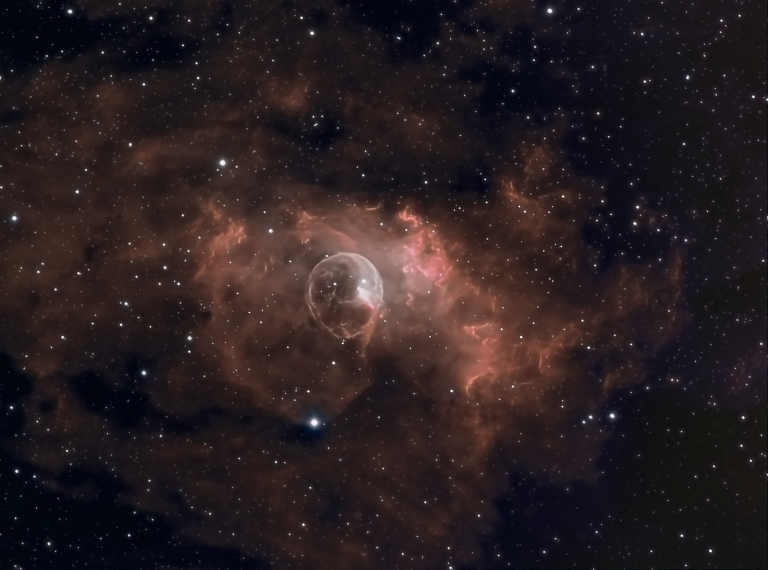
The Bubble Nebula
11 light years away, the “bubble” itself is formed from the solar wind of the large, hot star inside of it. Imaged with narrowband filters.
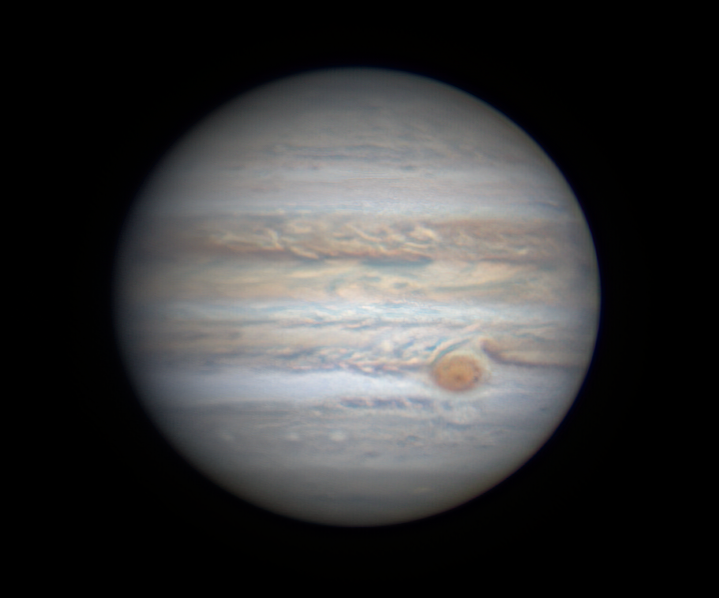
Another Look at Jupiter and Saturn.
Jupiter and Saturn both reached “opposition” over the summer, meaning they had their closest approach to Earth for the year. Florida’s summer weather conspired against photographing the planets at that time, but the skies finally cleared last night. They’re not at their closest, but… they’re close enough. I think this is my best Jupiter image…
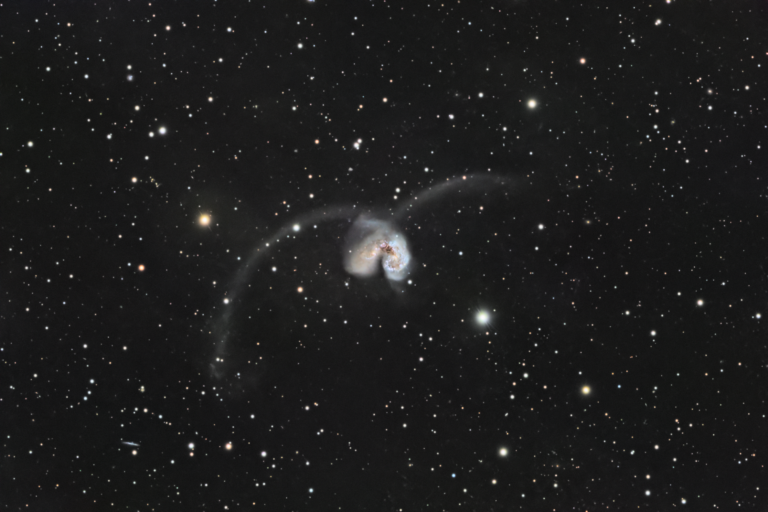
The Antennae Galaxies
Within the constellation Corvus, two galaxies are close to merging together into one… leaving two tails behind from the original galaxies. About 45 million light-years away. Our own galaxy may suffer a similar fate, should it collide with the Andromeda Galaxy in the distant future.
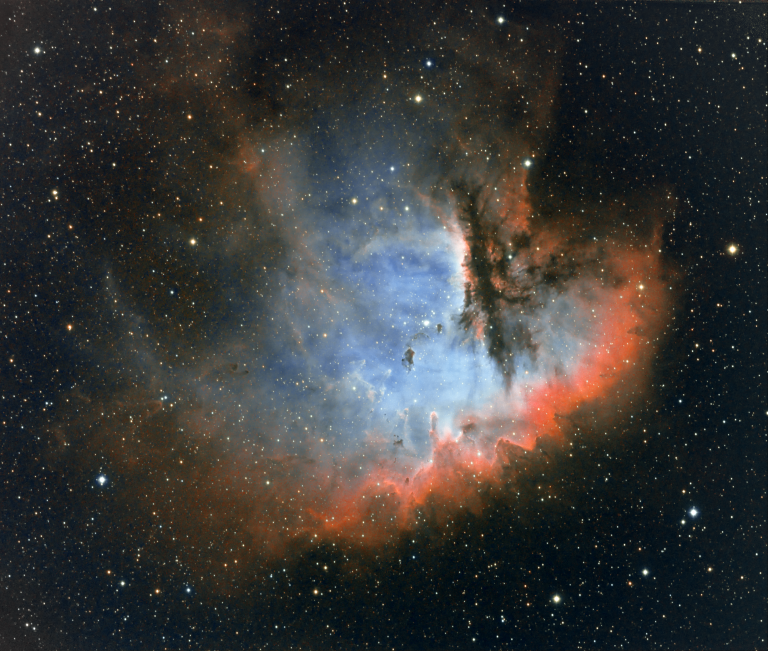
The “Pac-Man” Nebula?
This gorgeous nebula, formally known as NGC281 in the constellation Cassiopeia, goes by the informal name of “The Pac-Man Nebula.” I don’t see a Pac-Man. I think it’s a case where if you look at it through a telescope with your eyes, you only see the brightest parts – and then, maybe it looks a…
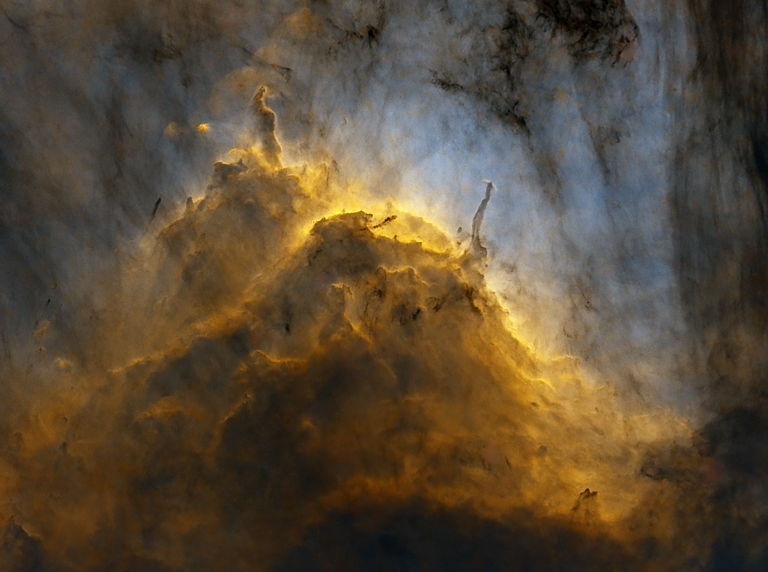
The Pelican Nebula, take 2
Another revisit of an old target, with better gear and better conditions. This is the Pelican Nebula in the constellation Cygnus. Shot in narrowband over one night, and presented in the “Hubble palette”. Two takes – one wider field, and one close-up with the stars removed. In both cases the image is rotated and mirrored…
